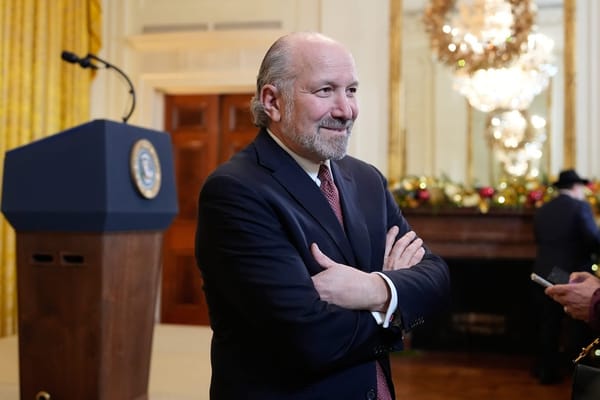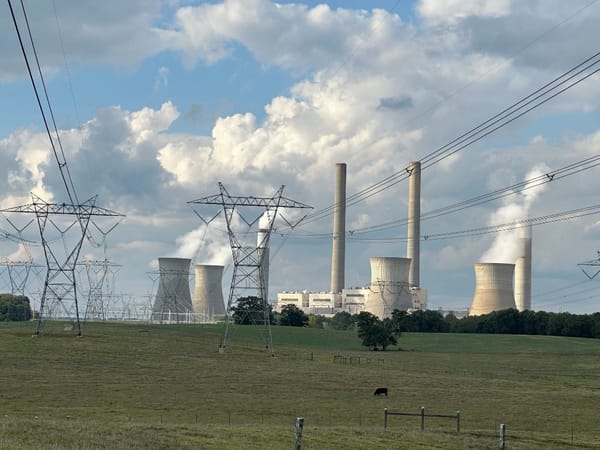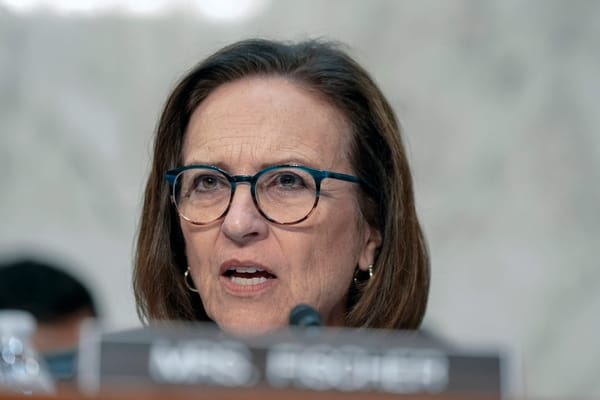AI’s Energy Appetite Is Growing; Permitting Delays Could Starve It
Outdated permitting systems could stymie nuclear projects needed for tomorrow’s data centers, panelists said.
Jericho Casper

WASHINGTON, March 28, 2025 – If there was one point of consensus during the “Data Centers, AI and Nuclear Energy” panel at Thursday’s Broadband Breakfast event, it was this: America’s permitting process wasn’t built for the AI era.
The AI revolution is reshaping America's energy landscape. As tech giants pour hundreds of billions into expanding data center infrastructure, questions about energy and water consumption, sustainability, and grid capacity take center stage. How will the nation balance its AI ambitions with energy constraints? What mix of traditional, renewable and nuclear energy will power AI?
Can't see the full event video? Join the Breakfast Club to watch
Moderator Daniel Moore, an energy and climate reporter at Axios, opened the conversation with a simple premise — data centers are expanding rapidly, energy demand is spiking, and the grid is struggling to keep up. But as panelists circled the question of how to meet that demand, they landed repeatedly on the obstacle: an outdated, sluggish permitting system.
“We have a process that can take sometimes 10 to 15 years for major projects… that’s just for a fiber route,” said Chip Pickering, CEO of INCOMPAS. “Now think about transmission grids, pipelines… all of the energy, broadband, and data center [infrastructure] required to win the race to AI.”
Pickering delivered a bold prediction: “I think in this Congress, I think you’re going to see [Congressmen Brett Guthrie, Richard Hudson, and Bob Latta] work for a huge permitting reform package.. early in the administration to meet this moment.”
As for what that package might include, Pickering pointed to several efforts from last Congress, including a broadband permitting proposal from Sens. Ben Ray Luján, D-New Mexico, and John Barrasso, R-Wyoming, and an energy permitting reform proposal from now-retired Sen. Joe Manchin, I-West Virginia.
He said he expects agencies like the Federal Communications Commission and the White House Office of Science and Technology Policy to send a range of permitting reform proposals to Congress, covering everything from energy infrastructure to broadband and data centers.
Stephen Snyder, a partner at Womble Bond Dickinson, broke down the legal landscape that makes energy permitting so complex. While states control the vast majority of project siting and approvals, the Federal Energy Regulatory Commission does have limited authority to permit long-haul, high-voltage transmission lines under federal law.
These lines are needed to move large amounts of clean energy, like wind, solar, or nuclear, from where it's generated to where it's needed. But, as Snyder pointed out, FERC has “never used” that authority. Instead, FERC tends to defer to state processes.
That deference may no longer be tenable as electricity demand climbs, he said. As Snyder put it, reform could take one of two paths: “Either a lot of pressure comes in to say 'FERC, you have this authority, you’ve got to do it,' or the law change[s].”
Fatima Ahmad, senior vice president for clean energy at Boundary Stone, said AI tools could help overburdened staff review environmental analyses faster “improving the efficiency of environmental review and permitting.” She pointed to efforts at the Department of Energy and the Council on Environmental Quality.
Meanwhile, Ewelina Czapla, manager of cloud government affairs and public policy for Google, acknowledged the real-world stakes. Google has committed to powering its data centers with carbon-free electricity 24/7 by 2030.
“[That deadline] is creeping up on us,” Czapla said, emphasizing that getting those projects permitted, sited, financed, and built within the next five years will be a massive lift.
“It is a challenging goal as you can imagine with all of these constraints right now,” Czapla said. “We're hearing about supply chain constraints, grid constraints – everything from financing these first-of-a-kind technologies all the way through getting them built and permitted. All of this takes time.”
Brian Smith, director of nuclear reactor development for the Idaho National Laboratory, emphasized the demand for clean, reliable energy was unprecedented. He said his phone “rings off the hook” from smaller data center companies that don’t have Google’s policy shop or lobbying firepower, but desperately want to know how — and how soon — they can plug into nuclear.
He emphasized that while advanced reactors are coming, the timelines aren’t instant. “Not today,” he tells them, “and probably not until 2030.”










Member discussion